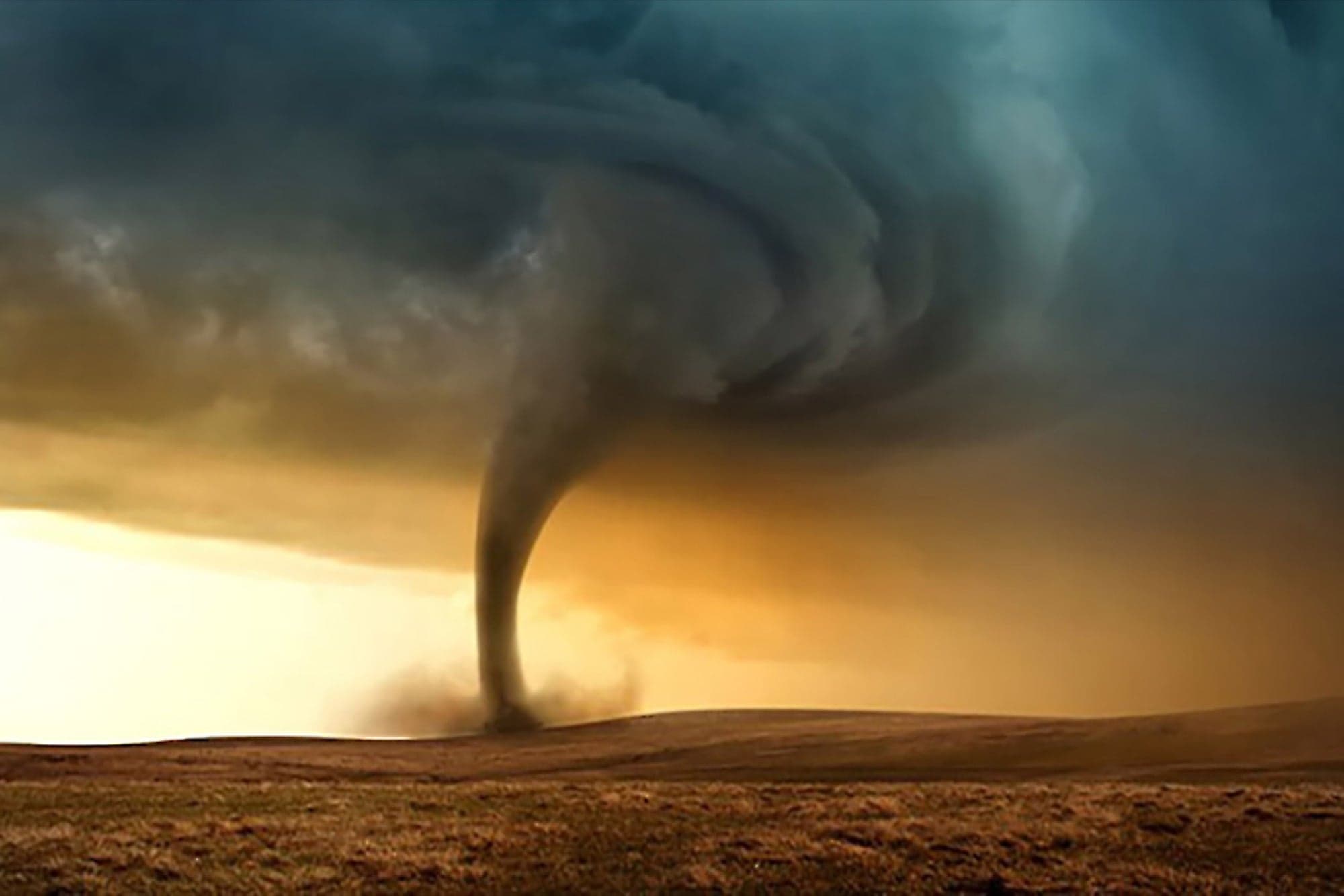Many cultures have linked certain animal behaviors to catastrophes like earthquakes, tsunamis, and hurricanes.
MISSOULA – Throughout our lives, we have witnessed natural disasters wreak havoc around the world.
In some of those cases, manmade early warning systems failed to raise any alarm, but some animals seemed to sense those looming dangers. So how is it possible they could do this?

Animals have been giving us the heads up on natural disasters for centuries. Many cultures have linked certain animal behaviors to catastrophes like earthquakes, tsunamis, and hurricanes.
The earliest reference we have to this phenomenon is all the way back in 373 BC in Greece, when rats, weasels, snakes, and centipedes booked it out of their homes and headed for safety several days before a big earthquake hit.

Animals have been giving us the heads up on natural disasters for centuries. Many cultures have linked certain animal behaviors to catastrophes like earthquakes, tsunamis, and hurricanes.
And we still see animals making moves before disasters strike. One of the most well-known examples happened during the 2004 Indian Ocean earthquake and tsunami, where elephants and dogs were reported to have fled to higher ground before the wave hit.
So how do they do it?
Well, animals have seriously sharp senses that let them pick up on changes in their environment that we might not even notice. Some have highly sensitive hearing or smell, while others can detect changes in atmospheric pressure or electromagnetic fields.
For instance, birds are sensitive to air pressure changes and often hunker down before a big storm. And it’s been proven sharks head to deeper water before a hurricane strikes, sensing the air and water pressure changes caused by the big storm.
Some researchers believe animals may sense chemical changes in groundwater that occur before an earthquake strikes. This idea was sparked in 2009 when a group of toads abandoned their pond five days before an earthquake hit Italy.

Some researchers believe animals may sense chemical changes in groundwater that occur before an earthquake strikes. This idea was sparked in 2009 when a group of toads abandoned their pond five days before an earthquake hit Italy.
It’s also known that animals feel the earth vibrate before people and may be able to “hear” infrasound which are very low-frequency rumbles that are created by things like earthquakes and hurricanes.
And of course, there are our best friends. Some suggest that because a dog’s nose senses are 10,000 to 100,000 times stronger than ours, this may allow them to smell a change in the air before storms and other disasters.
These are all incredible examples of animals sensing incoming danger, but it’s not a special ability just to sense natural disasters.
All animals have the instinct to survive and escape danger, whether it’s a predator or a natural disaster. A wide variety of animals already express “early warning” behaviors that we understand for other types of events to get to safety.

All animals have the instinct to survive and escape danger, whether it’s a predator or a natural disaster. A wide variety of animals already express “early warning” behaviors that we understand for other types of events to get to safety.
That safe place is usually the forest. Forests provide lots of cover. So, an elephant running from the shore to go up into the forest is a very natural response. When their environment changes, they may not understand why it’s happening, but the change itself may trigger some instinct to move there.
It may be tempting to rely on these animal behaviors as a warning system for natural disasters. But as the US Geological Survey states, it is important to remember that there is still no scientific evidence to support this idea.
While we’re not quite ready to hand it over to animals to let us know when natural disasters will strike, one thing’s for sure: these creatures are well-prepared for whatever comes their way.
Source: kpax.com








